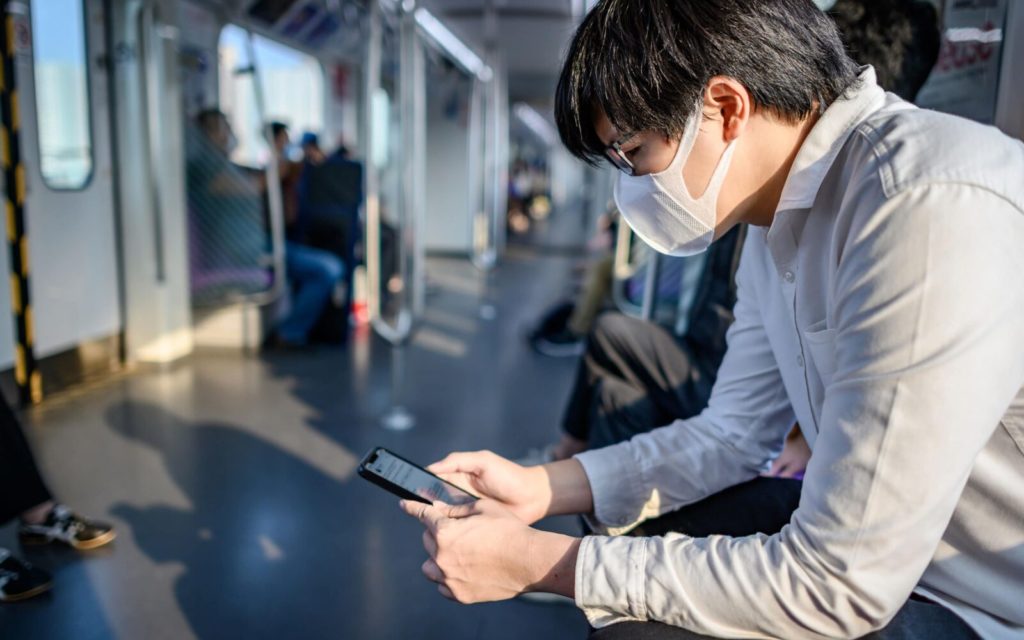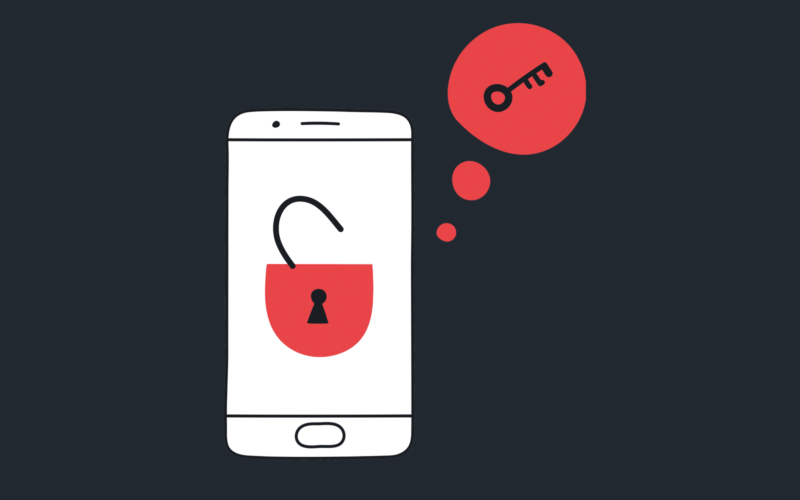Ensure app integrity – protect against static and dynamic attacks
To achieve comprehensive security, you need to protect your app code against static attacks with code protection and prevent dynamic attacks with runtime protection.
The technology that keeps your apps secure
Security recognized by Gartner
Gartner® Hype Cycle™ for Application Security 2023
A comprehensive report on the different innovations and tools in the app security space.
Why choose Promon
- Multi-layered protection
- Ease of use and integration
- Flexible deployment
- International company
Multi-layered protection
Promon SHIELD™ is a security technology that offers multi-layered app protection beyond what the operating system can offer, and beyond what can be achieved by normal best practice and programming by app developers.
Promon SHIELD™ is an easy-to-integrate software security solution. It protects your apps from being attacked by malicious actors and safeguards sensitive app data and assets.
Ease of use and integration
You can easily turn your app into a self-protecting app with Promon SHIELD™. Both Android and iOS apps can be quickly secured and distributed in minutes by using our integration tool.
Once secured, the app is immediately ready for distribution.
Flexible deployment
Customers have full control of Promon SHIELD™ and how it is applied to an app, without the need to distribute anything that is unsecured or otherwise out of the company network.
We offer fully automated integration with your dev team’s favorite CI/CD tools. Many customers also choose to integrate Promon SHIELD™ via web portals.
International company
Promon SHIELD™ has protected applications used by more than 1 billion end-users since 2006. As an established market player with a wide range of customers worldwide, we are always available with support, and we monitor the security threat landscape closely.
Today, Promon works across a broad range of industries with various global Tier 1 clients, including customers in industries such as finance, gaming, the public sector, and more.
What our customers say
We’re using Promon SHIELD™ due to Promon’s outstanding services. We’ve been impressed by the support provided by their engineers, and how fast and easy the integration process is.
Paul Ruy
CTO, Blockware
We looked at a number of vendors, but chose Promon as all the staff we dealt with had deep knowledge of the product. We also got to speak directly with the members of Promon’s development team. Having direct access to developers at Promon allowed us to resolve problems quickly.
Keith harrison
Head of software development, Nude
We especially liked Promon’s innovative approach to protecting the application instead of the whole system.
JAN GRAFFENBERGER
Head of development, Star Finanz









